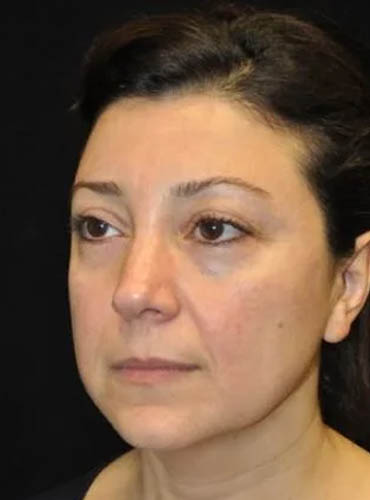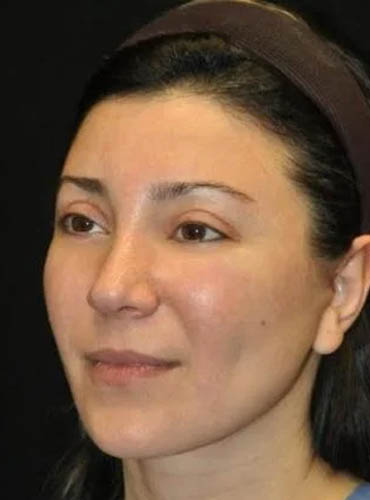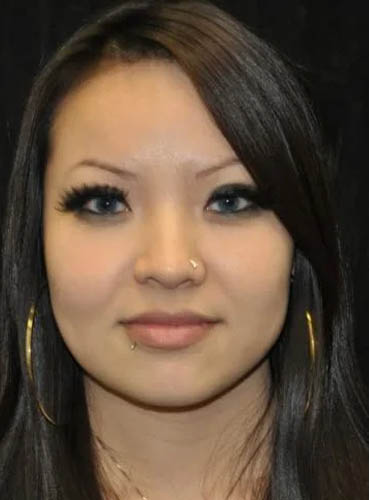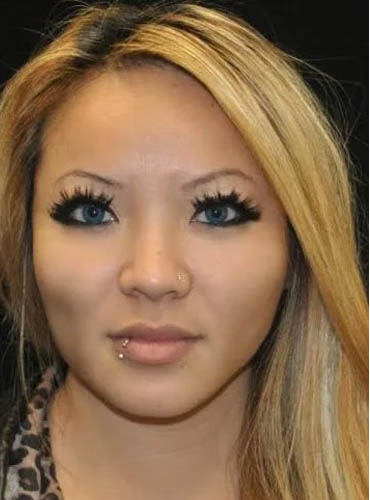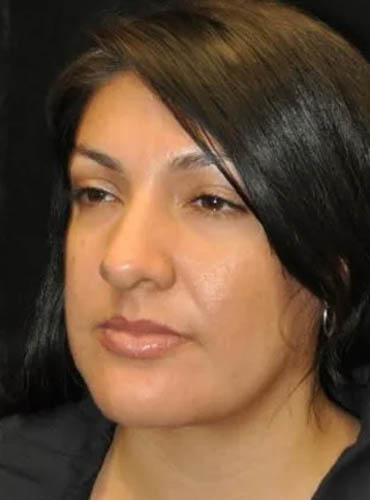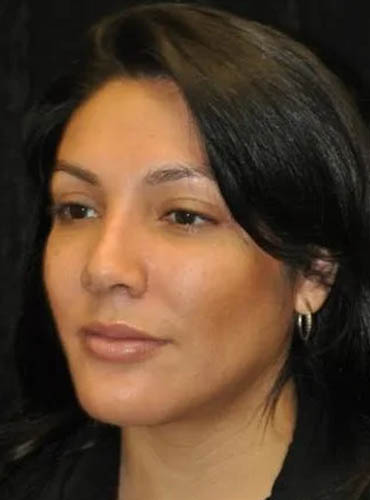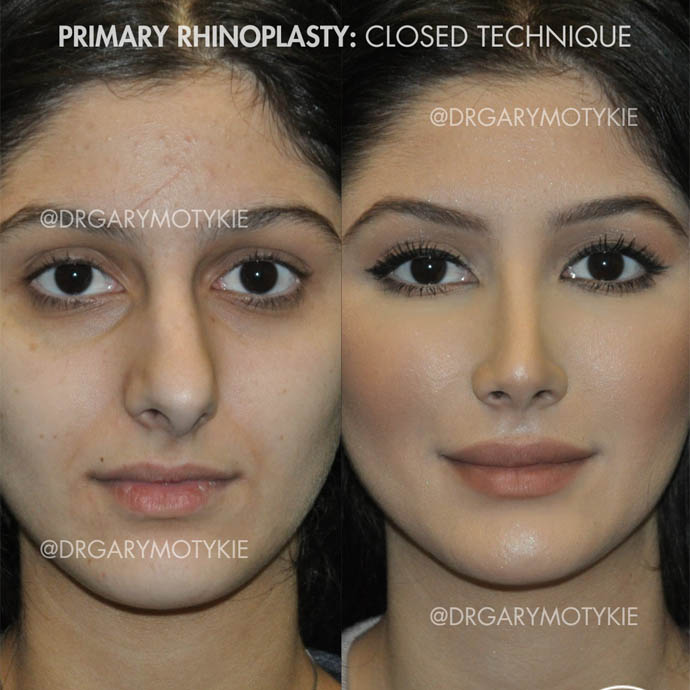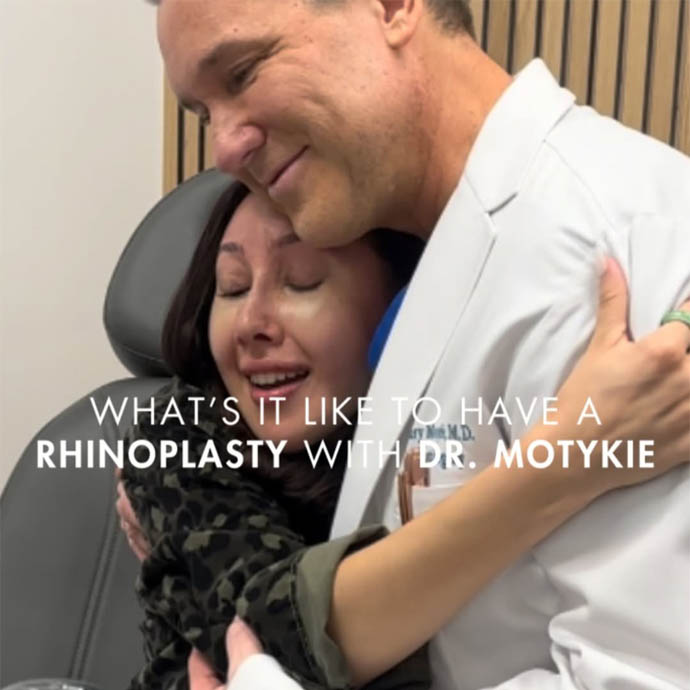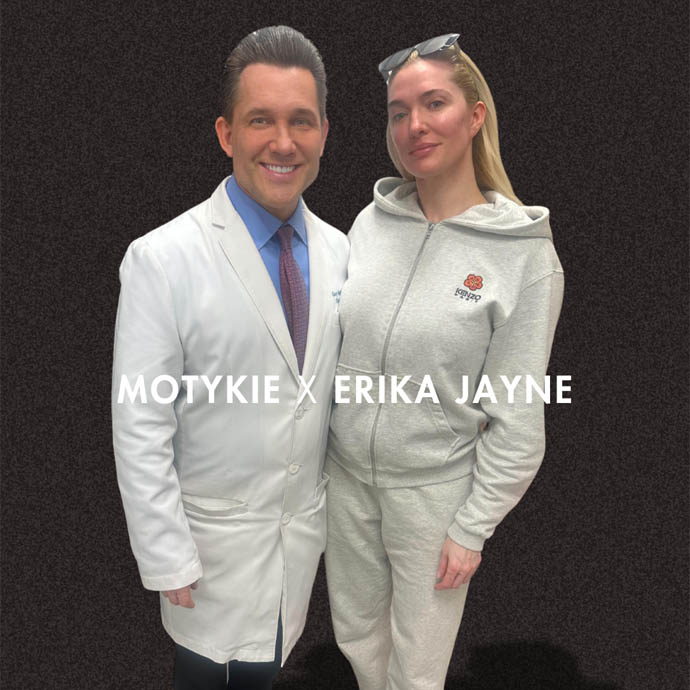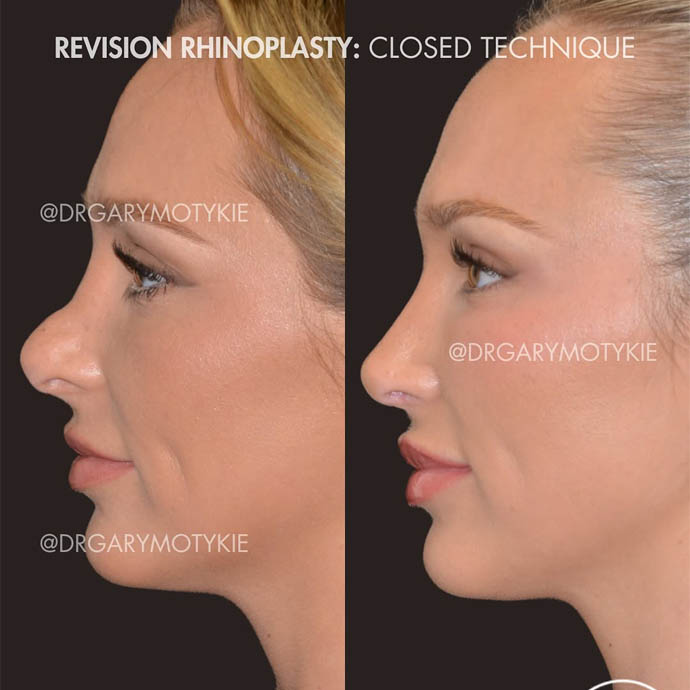If you are interested in exploring whether buccal fat removal surgery could assist in your facial aesthetic goals, please schedule a consultation with Dr. Motykie at his practice in Beverly Hills, CA. Dr. Motykie will better understand how the surgery may best meet your needs and expectations and answer any questions regarding buccal fat removal and its possible benefits for your particular case.
You are encouraged to bring photos that demonstrate the desired look you wish to achieve with your surgery. Dr. Motykie will also provide you with reference photos showcasing different results from surgery to help you determine which look you find most attractive and what surgical techniques would help to make it possible.
Dr. Motykie may also take photos and use computer imaging to demonstrate the most likely results of your buccal fat removal. Should you want to proceed with the surgery, Dr. Motykie will then develop a personalized surgical treatment plan designed to address your particular buccal fat removal needs. A member of our patient care team will then help you schedule your procedure at a time convenient for you.
